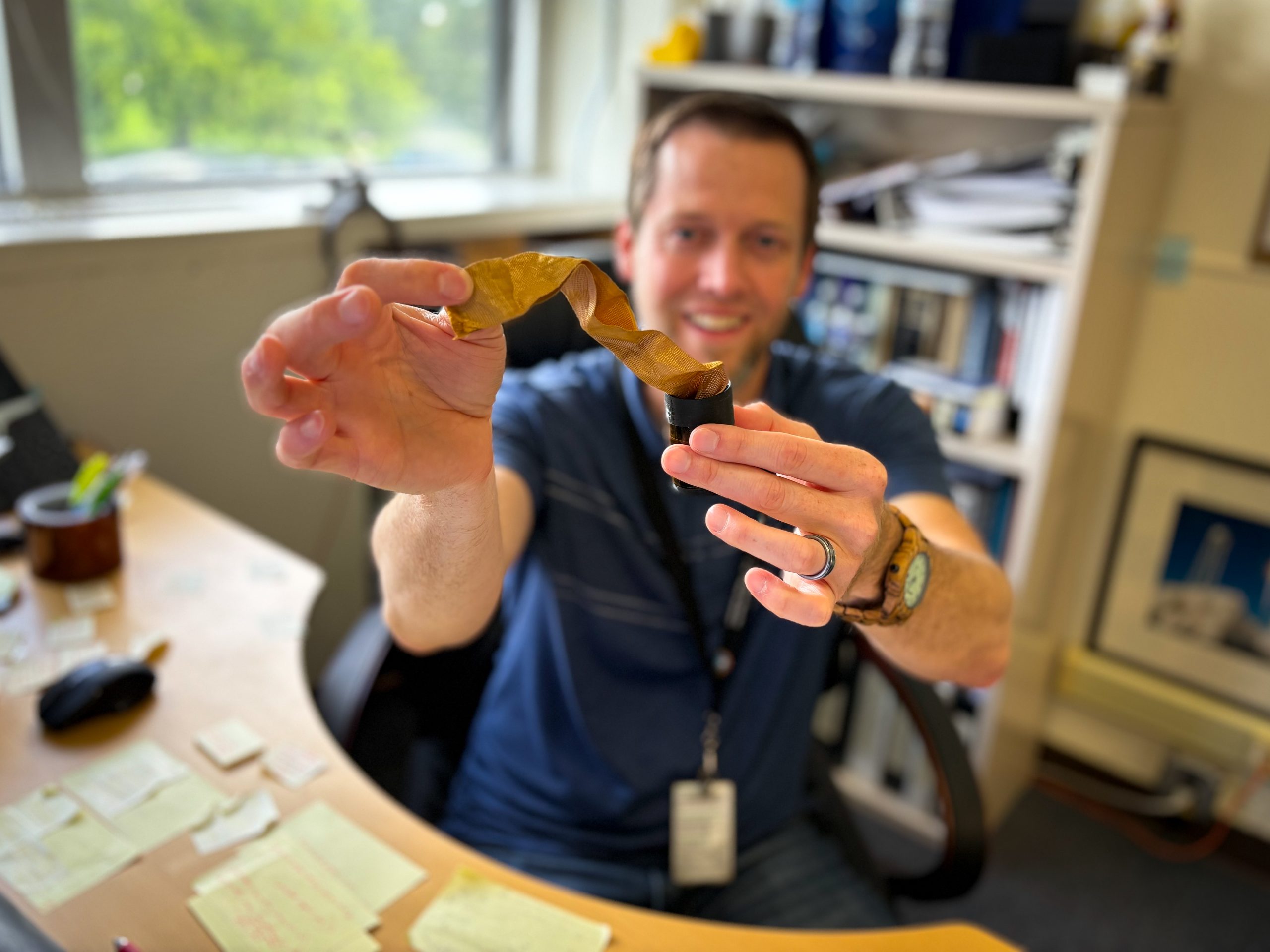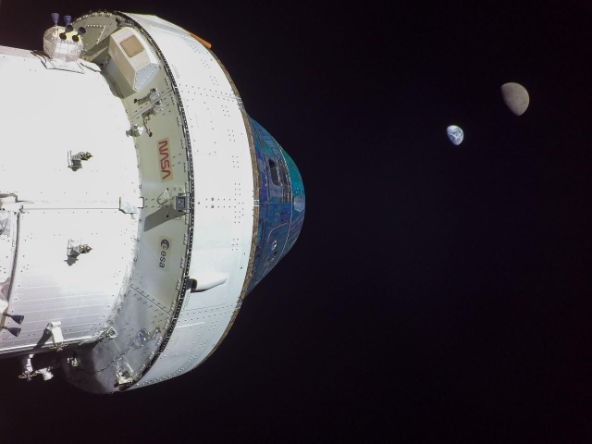Now Reading: NASA Aeroshell Material Completes Record-Breaking Space Journey
-
01
NASA Aeroshell Material Completes Record-Breaking Space Journey
NASA Aeroshell Material Completes Record-Breaking Space Journey

Quick Summary
- NASA is testing the Zylon material used in its HIAD (Hypersonic Inflatable Aerodynamic Decelerator) aeroshell to study its durability under long-term exposure to space conditions.
- The zylon strap material serves two roles: holding HIAD’s inflatable rings together and distributing structural loads for potential usage in harsh planetary environments like Mars.
- On August 21, samples of Zylon were launched aboard the U.S. Space Force’s X-37B Orbital Test Vehicle to test how they age during extended exposure in space.
- The research aims to simulate conditions similar to a six-to-nine-month Mars voyage and ensure that the material retains strength during atmospheric entry at high temperatures.
- Samples are packed using two methods-coiled versus stuffed-to assess differences caused by packing techniques. Temperature and humidity data from sensors aboard will aid in post-mission analysis.
- While inflated, HIAD aeroshells can be much larger than launch vehicle diameters, enabling spacecraft to land heavier loads or reach higher altitudes on celestial bodies compared with rigid counterparts.
Indian opinion Analysis
NASA’s advancements in lightweight, deployable aeroshell technology underscore critical progress toward enabling manned missions and heavy-load deliveries on extraterrestrial terrains like Mars. India, with its aspirations for interplanetary exploration through ISRO (e.g., Mangalyaan programme), could benefit from observing or collaborating on similar deceleration technologies tailored for atmospheric entry challenges. Enhanced payload capacity enables broader scientific explorations or resource exploitation initiatives-areas relevant as India’s space sector expands privatization efforts via organizations like IN-SPACe.
For nations aiming at interplanetary missions, durable materials such as Zylon present a reminder of the importance of innovation addressing environmental extremes encountered during deep-space travel. As India gears up for futuristic crewed lunar projects under chandrayaan ambitions or Martian-centric plans, insights into handling prolonged exposure risks add value not just technologically but economically by mitigating mission failures preemptively.
Read more: NASA.gov
























